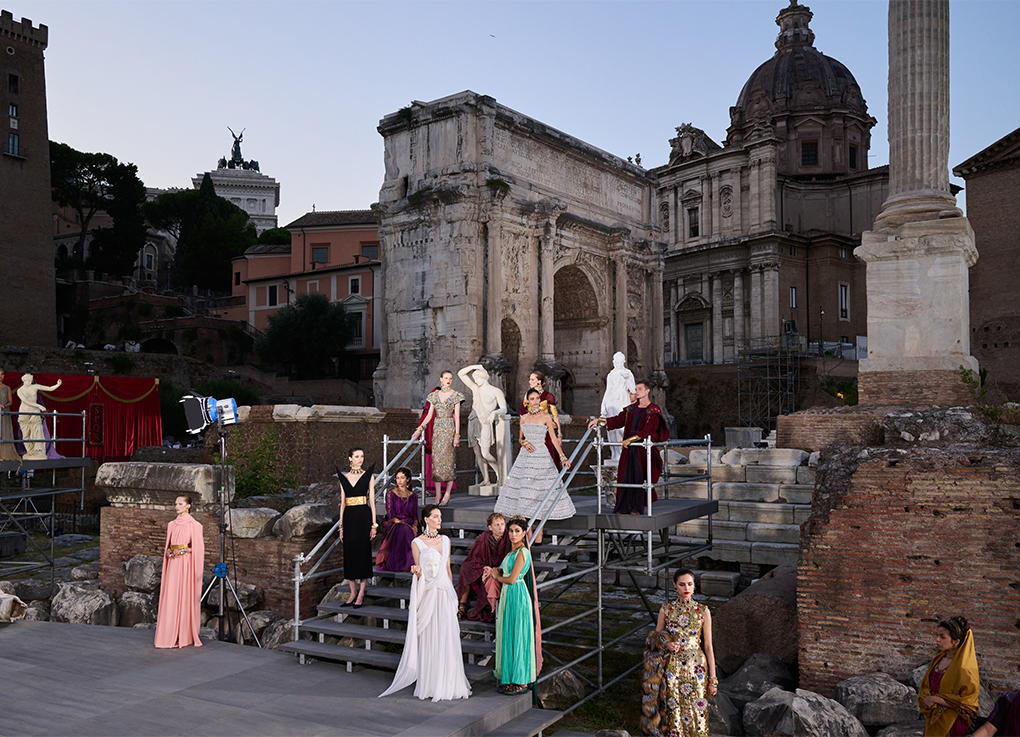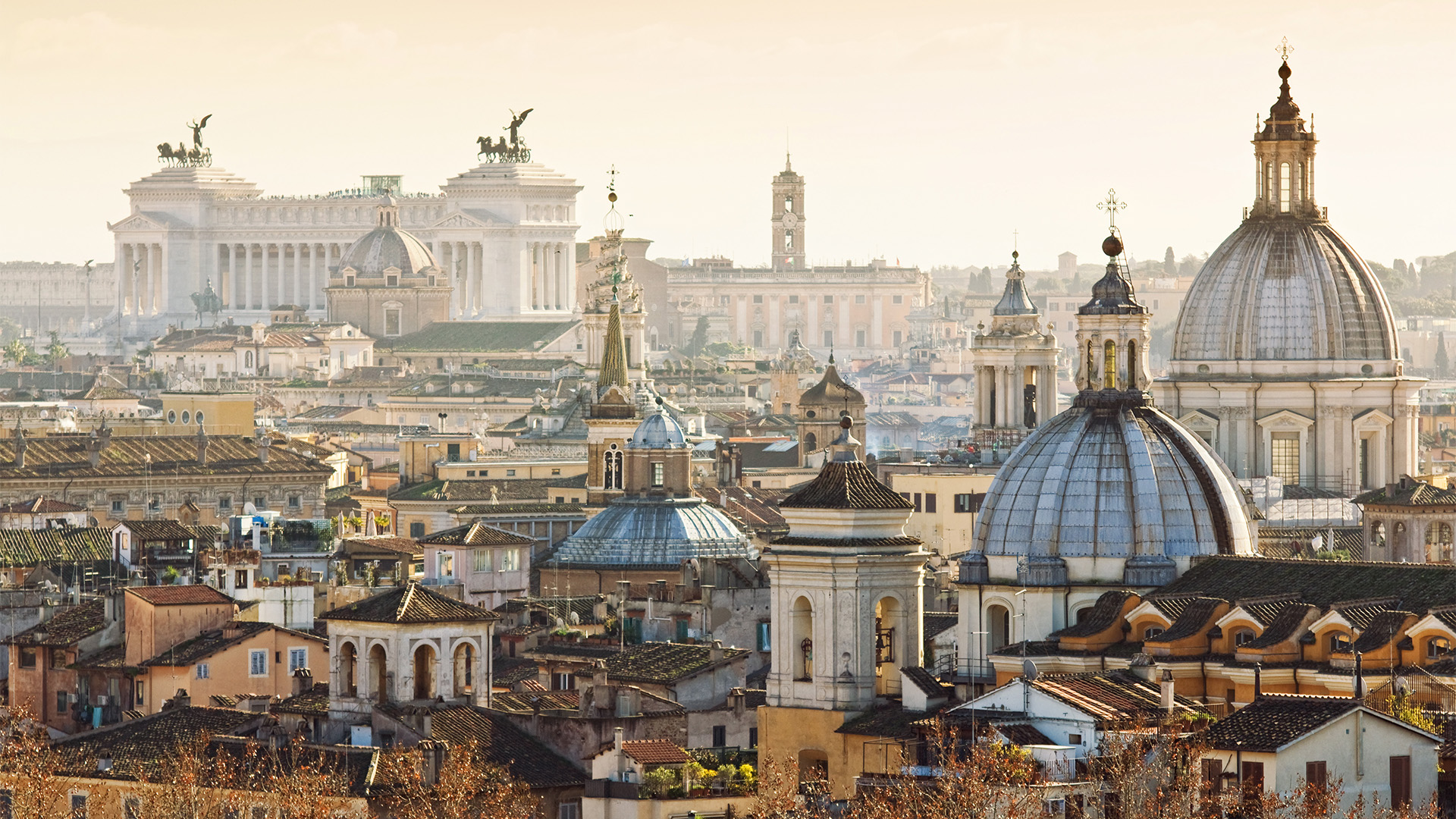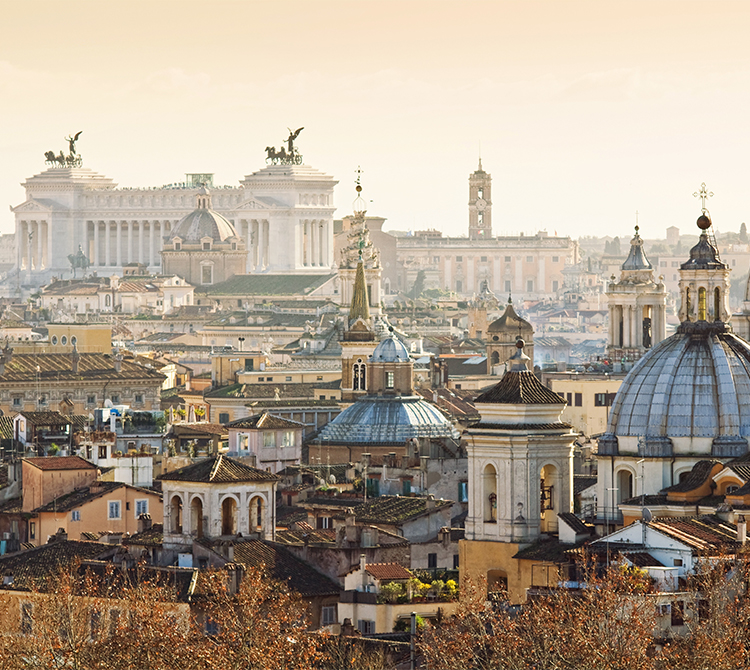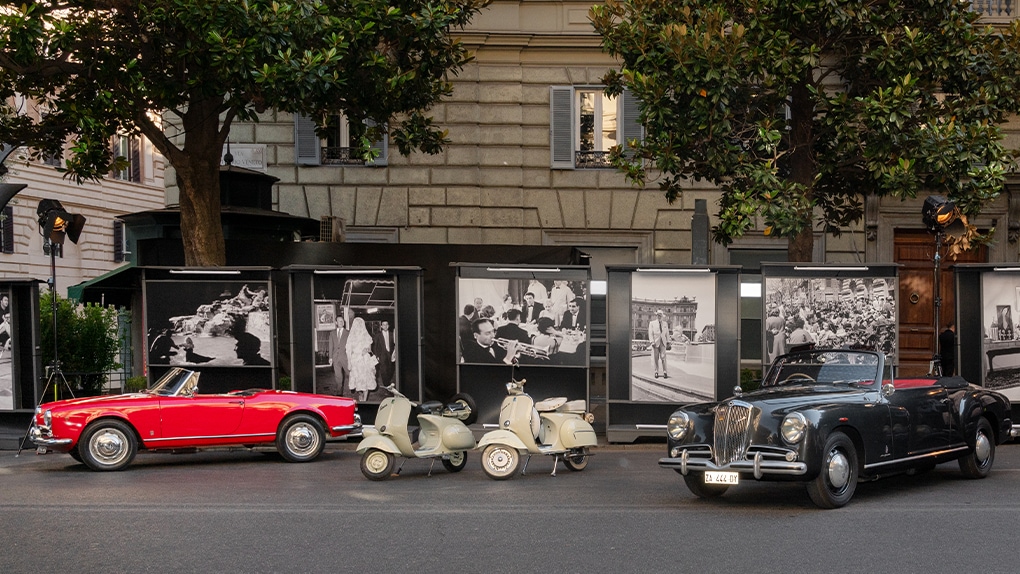Capital of history and art, guardian of a millenary heritage and a constant source of inspiration for creatives from all over the world, Rome is a stage of timeless beauty — a living memory that intertwines with the vibrant rhythm of everyday life.
From the Colosseo to the Fontana di Trevi, from Via Condotti to Piazza di Spagna, the Eternal City reveals itself as an open-air museum, where every corner tells centuries of history and beauty. The Colosseo, the amphitheatre symbol of Ancient Rome, continues to dominate the urban landscape with its millenary grandeur. The Fontana di Trevi, Baroque jewel from the 18th-century Baroque period, attracts thousands of visitors every day with its scenic charm. Via Condotti enchants with its refined boutique offerings, while Piazza di Spagna, with its famous Trinità dei Monti, has always been a crossroads for artists, tourists, students, and creatives.
In this atmosphere suspended between history and daydreams, the Alta Moda, Alta Sartoria, and Alta Gioielleria events by Dolce&Gabbana come to life in the most iconic locations of the capital: Villa Adriana, Foro Romano, and Castel Sant’Angelo.
Villa Adriana: the architectural vision of the Philosopher Emperor
Just over thirty kilometres from the capital, Villa Adriana represents one of the most extraordinary testimonies to Roman architectural ingenuity and vision. Commissioned by Emperor Hadrian in the 2nd century AD, the villa was not conceived as a simple residence but as a true artistic and philosophical project. Inspired by the places Hadrian had visited during his travels — from Egypt to Greece — Villa Adriana blends eastern and western elements, nature and architecture. Pavilions surrounded by greenery, theatres, baths, and libraries coexist in a harmonious aesthetic and functional balance. The Canopo, in particular, with its monumental pool surrounded by columns and statues, is a masterpiece of scenography and beauty.
Chosen by Dolce&Gabbana as the backdrop to present the Alta Gioielleria creations, Villa Adriana is transformed into a unique catwalk, where the charm of the past combines with ever-evolving craftsmanship.
Discovering Villa Adriana with Elisabetta Scungio, Executive Director of the Institute of Villa Adriana and Villa d’Este, and Massimo Osanna, General Director of Museums of the Ministry of Culture.
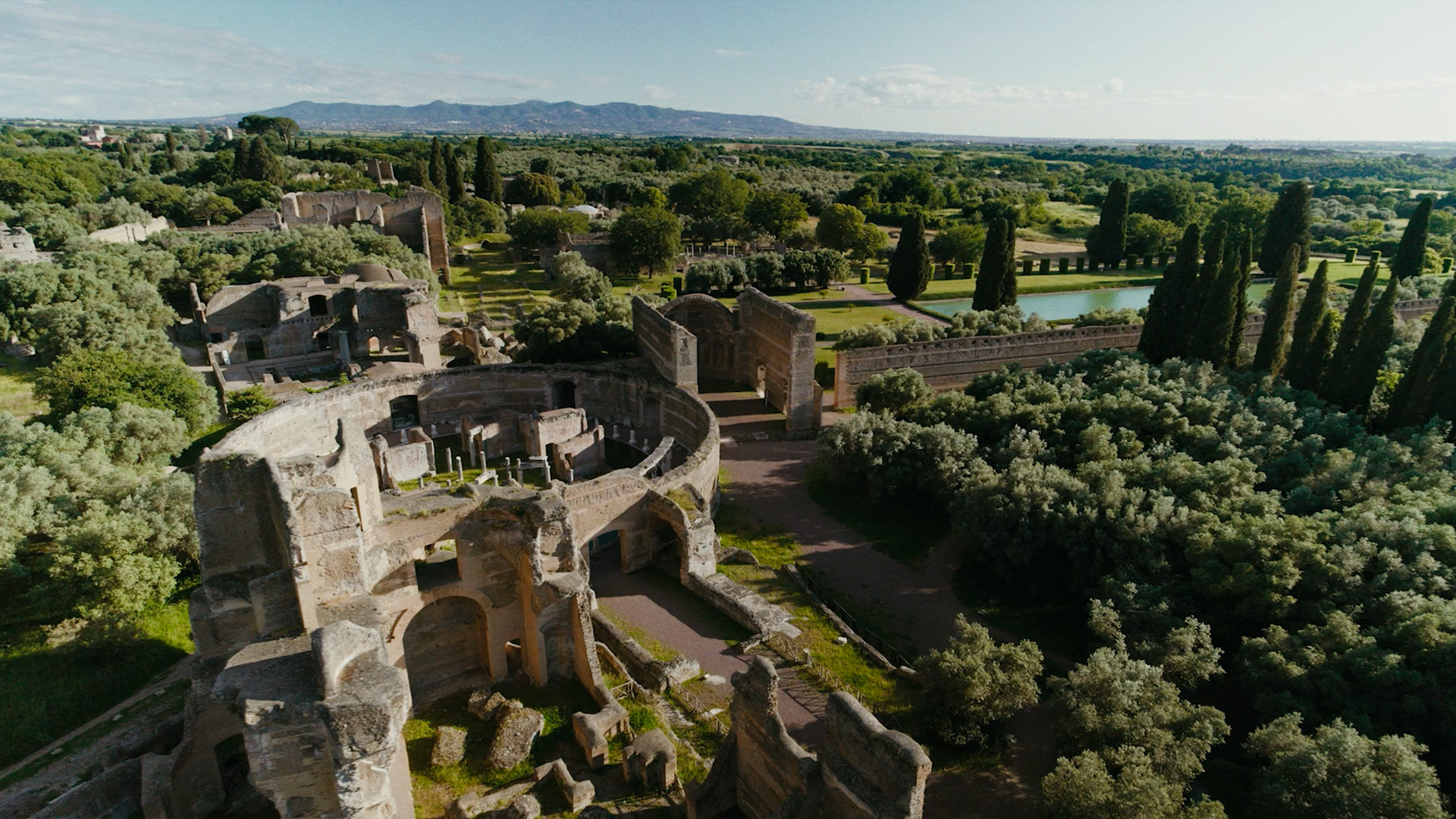
Foro Romano: the heart of the Empire
Situated between the Palatino and the Campidoglio, the Foro Romano was the beating heart of public life in ancient Rome. Originally a simple marketplace, it was transformed over time into a monumental complex that reflected the power and organisation of Roman civilisation.
Walking through its ruins today is like listening to an epic tale. The Tempio di Saturno, with its majestic columns, guarded the treasury of the Roman state. The Curia Julia, commissioned by Julius Caesar and completed by Augustus, was the seat of the Senate, where the fate of the Empire was decided. The Tabularium, the state archive, dominated the scene from its strategic position on the Campidoglio, while the Arco di Tito celebrated the victory in the Jewish War and the siege of Jerusalem. Other monuments such as the Basilica Aemilia and the Basilica of Massenzio, located on the colle della Velia, tell the architectural and functional evolution of the Foro.
In the Dolce&Gabbana events, the Foro becomes a contemporary temple of beauty, where fashion is presented as an act of cultural celebration, traditional craftsmanship, and artistic creativity.
All the fascination and history of the Foro Romano told by Alfonsina Russo, Director of The Archaeological Park of the Colosseum.
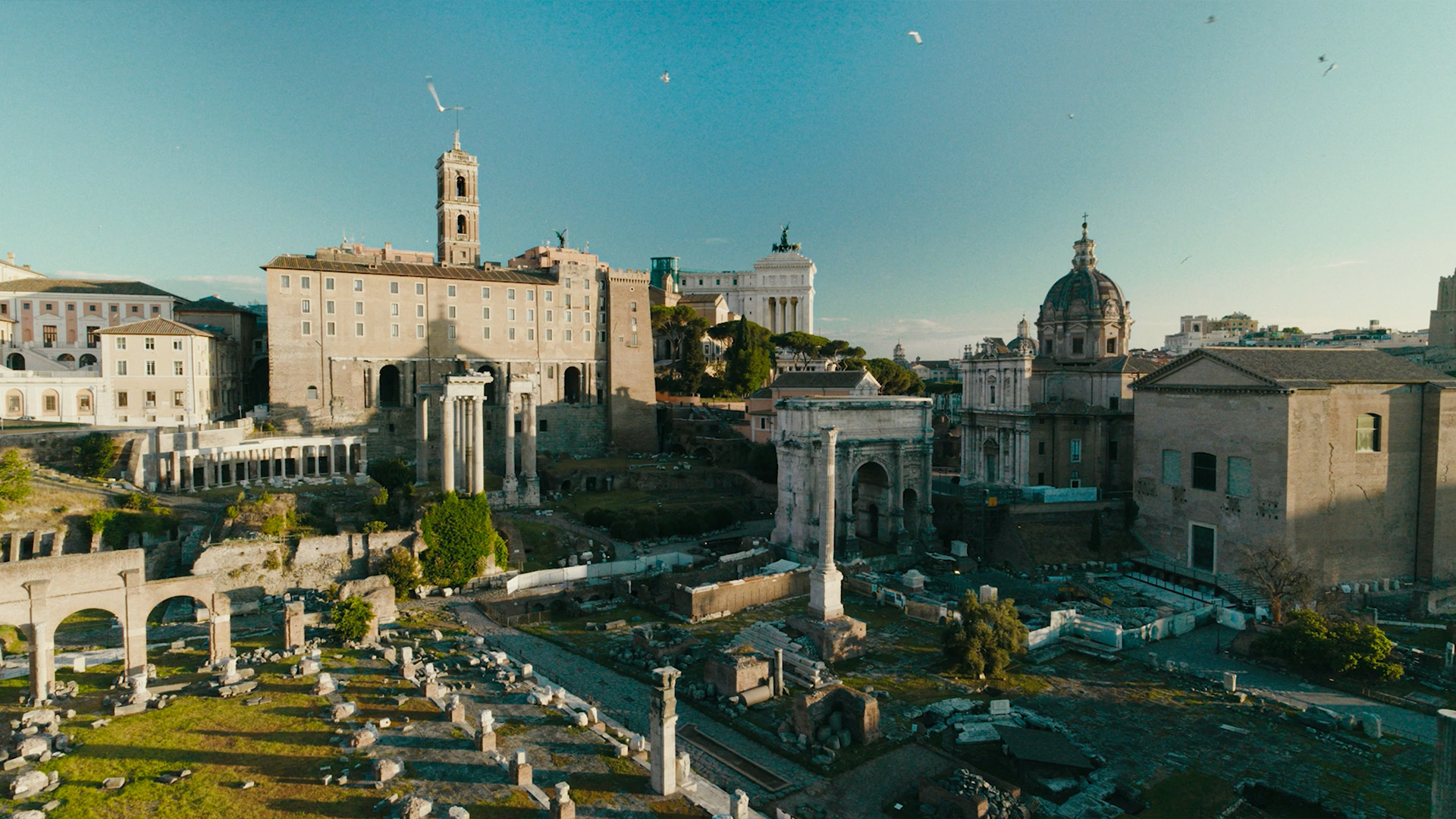
Castel Sant’Angelo: guardian of memory
A majestic complex on the banks of the Tevere, Castel Sant’Angelo is one of Rome’s most iconic symbols, a monument that has lived through the city’s transformations over almost two thousand years of history. Built in 139 AD as a mausoleum for Emperor Hadrian and his family, the building was soon transformed into a military bastion, papal fortress, prison, refuge, and, finally, museum.
Its circular walls, long helicoidal ramp, frescoed rooms, and suspended walkways reveal a stratification of epochs. The view from the terrace, overlooking the roofs and domes of Rome, is one of the most impressive in the city. In this evocative setting, the Alta Sartoria event finds a perfect context: a fascinating dimension where elegance dialogues with history in a play of references and contrasts.
The magnificence of Castel Sant’Agelo recounted by Luca Mercuri, interim Director of the Pantheon and Castel Sant’Angelo Institute, part of the National Museums Directorate of the City of Rome.
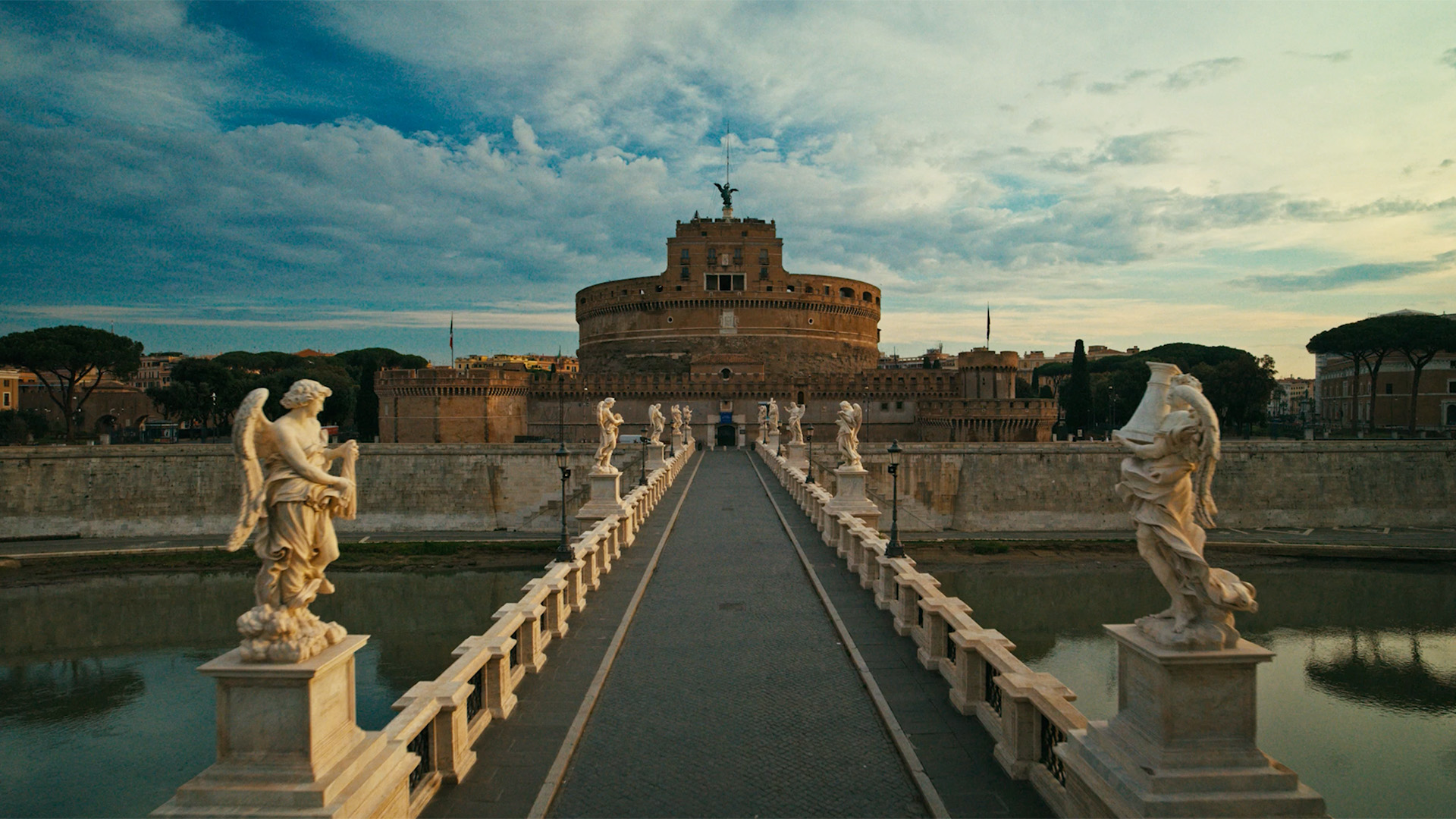
Live the atmosphere of Dolce&Gabbana Alta Moda in Rome
